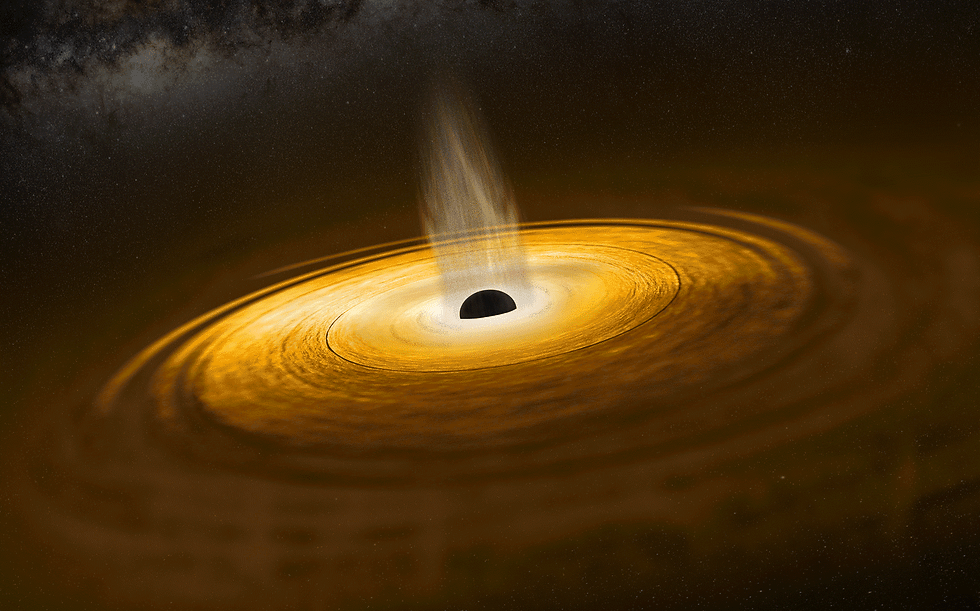A cosmic lighthouse (Choose your own Star Part 5)*
- Perdita Moon

- Aug 26, 2022
- 3 min read
Light pulses and potential planets? Not such a bad outcome from the supernova explosion after all.
*This series of posts are an homage to the Choose your own adventure book series, which my Earthling alter-ego so much enjoyed in her youth.


A pulsating neutron star (the Crab Pulsar) observed in X-rays. Credit: NASA/Chandra
After the supernova explosion, only a tiny ball of neutrons is left where your 10-solar-mass star used to be. There is not so much mass –not at least compared to the original star (less than 1.4 solar masses in any case)–, and matter is so compressed that its diameter is not bigger than a city, 10 to 20 kilometers. This implies that you have to keep some distance: The force of gravity at the surface is incredibly intense!
A solid star
Your star looks funny indeed: To begin with, it is covered by a solid iron crust. Should there a spacecraft exist able to stand the strong gravity, it could land on it. The interior, you suspect, is made of fluid particles, mainly neutrons. But it is actually a mystery what you would find if you opened it up, especially in the inner core. Whatever it is, together with the solid crust, it is creating a very strong magnetic field, thousand times stronger than Earth's.
Everything is wrapped in a very thin atmosphere, just a few micrometers (one micrometer is one millionth of a meter). Nuclear forces keep everything stable, and so, surprising as it may be, you are beginning to understand that your star can still last in this form for a long, long time.

Structure of your neutron star. Credit: NASA
Pulses in space
Your neutron star is spinning like mad. This is another consequence of matter being so compressed. Just as figure skaters increase their rotation speed by pulling their arms close to their body, so the small size and high density of the star make it complete a full turn even several times per second.
However, this rotation rate is not necessarily constant. It will certainly decrease with time as the star loses energy. On the opposite side, from time to time, your star may shiver (call it a "starquake") and increase its rotational speed, while sending a burst of light (mainly gamma rays and X-rays) into space.

Pulsation from a rotating neutron star, caused by the temporary alignment of its light beam with the line-of-sight. Credit: Michael Kramer (JCBA, University of Manchester)
Talking about light, you now realize of a curious effect. It turns out that, as a consequence of the strong magnetism, your star is emitting two beams of light through the magnetic poles. But, contrary to what happens in normal stars like the Sun, where the magnetic and geographic poles are almost placed along the same line, in this case there is a clear misalignment between the rotation axis and the magnetic field. The result is that your star resembles a lighthouse, with each one of the light beams periodically pointing towards your position.
As this happens, the star seems to brighten for a very brief moment. This periodic light peak is like the beeping sound monitoring the vital constants from a patient in a hospital ER. Looks like your star has pulse, and good health after all!
Children of a dead star
Given that you now have plenty of time to experiment, you have decided to do something with the matter still around your not-so-dead star. What about building some planets? After all, some gas and dust has formed a disk around the neutron star (especially if you had another star to keep it company, now ripped by the strong gravity). This is not so different from the protoplanetary disks around newborn stars. True, odds that your planets can develop life are pretty tight, with so much radiation and stellar winds hitting them, but still, it can be fun to try.





Comments